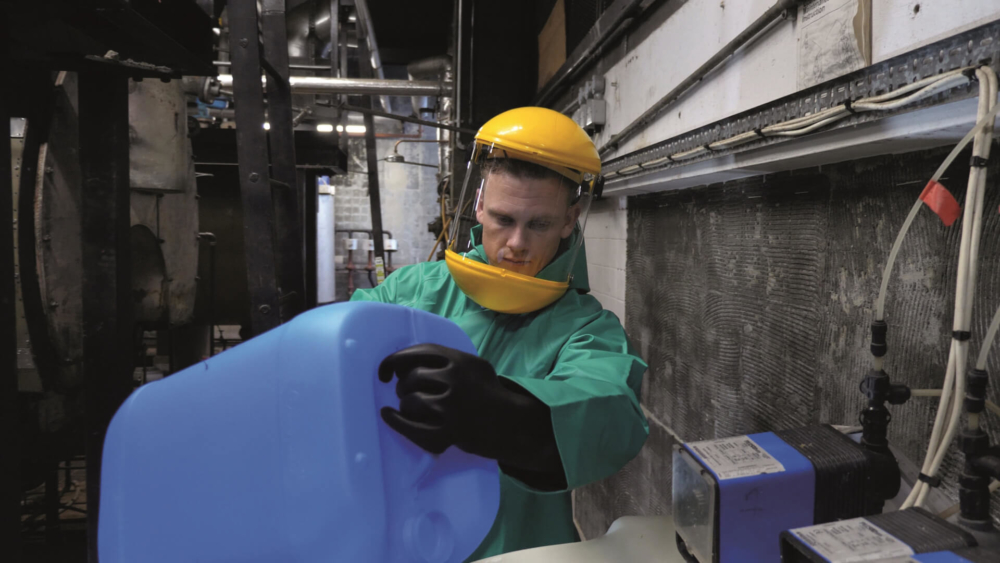
Low Use and Unoccupied Commercial Buildings
Please be advised that the continuation of normal water hygiene and treatment works should be maintained, in line with when they are next due even though buildings are experiencing unexpected low usage in this time of crisis.
As of today, the Government have not stated any special measures to exempt responsible person/s from the ‘Health and Safety at Work Act 1974’, under which statutory requirements of ACOP L8 & HSG274 guidance fall.
The Governing body, the Legionella Control Association (LCA) advises, “Although controls in place may need to be adapted to changing circumstances, duty holders must still be able to demonstrate control of risk to a reasonably practicable level.”
If a building is closed or minimal access is required, water systems usage will be much lower than usual due to the reduced footfall in normal operating conditions. You will also need to consider the reduced capacity from onsite maintenance teams, which will be to a minimum over the coming weeks.
We can carry out a risk assessment of your building, highlighting where you will be able to adapt the regime of water treatment.
Increased flushing
With reduced water usage it is essential that the HWS and CWS should go on the weekly flushing regime and the register is reviewed and updated. Record all information in the site logbook. As a guide the water should be flushed until the water reaches within 2 degrees of the temperature of the incoming mains water. I would suggest a minimum of 2 minutes per outlet to be sufficient in most cases. You may want to consider extra microbiological sampling to check how effective the flushing has been with reduced water usage.
Cold Water Storage Tanks
If possible, you want to try to reduce the amount of water stored onsite by reducing the number of tanks in use. All tanks should be turned over every 24 hours to prevent stagnation occurring and to keep inline with HSG 274 guidelines. Any site with a tank should incorporate daily flushing of tank fed outlets. If this is not possible, doing this weekly will keep the system water moving.
If a tank is isolated for a period of time it should be drained or left full (and clearly labelled) Please ensure it is chlorinated before it is reinstated.
Water Heaters
As long as the water is stored at less than 20˚C with no water hygiene issues, turning off the water heater is the simplest option if hot water is not required in the building. It can then be managed in a similar way to a cold water tank as above. Before the building returns to normal use and the unit is reinstated, I recommend that that a pasteurisation is carried out.
Cooling Towers
In the event of a full lockdown I recommend shutting down the cooling tower system/s if it is not needed. It is essential that if this is carried out the towers will need to be cleaned and disinfected prior to being returned to service. As always, it is important that you continue to maintain your daily and weekly testing/ tasks during this time. Dipslides, TVC and Legionella sampling should continue at the usual frequencies.
Water Softener
It is likely that the amount of softened water required will be less than usual, however the salt level in the brine tank should be checked regularly and topped up if required.
Closed systems
BMS/manual valve exercising for these systems should continue as normal to ensure circulation is occurring.
If you require any guidance or services from Artic during this period, please get in touch with one of the team. We want to keep you compliant and risk free and are here to support throughout this crucial period.
Share This Story!
If you're looking to partner with Artic Building, then please complete the Working With Artic form here.
Do you have an upcoming project or tender? Then please complete the form below.

